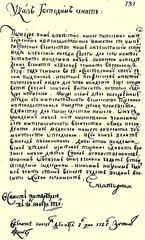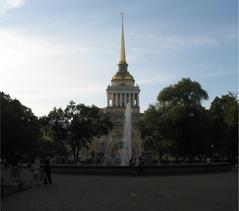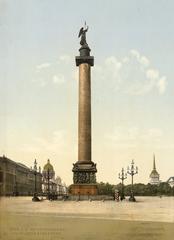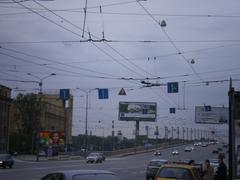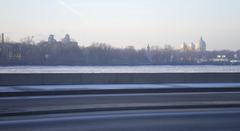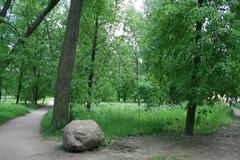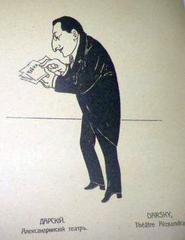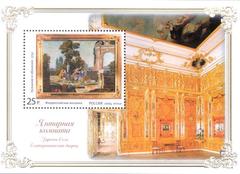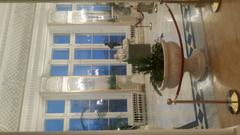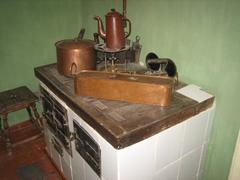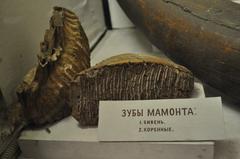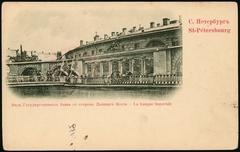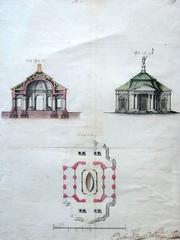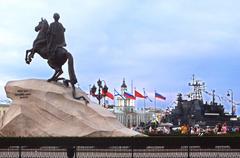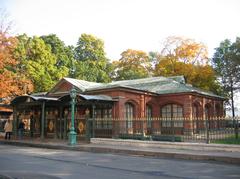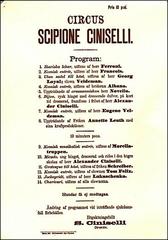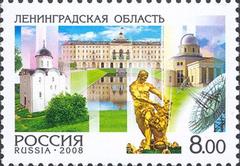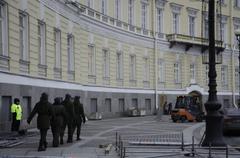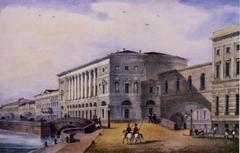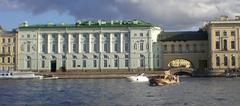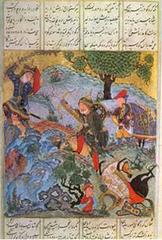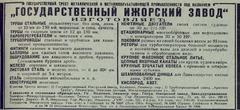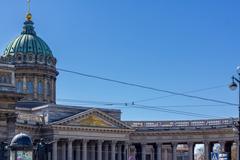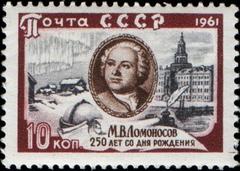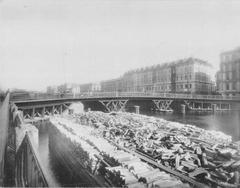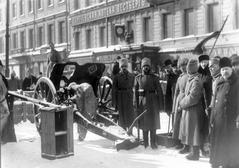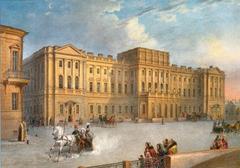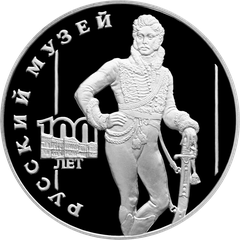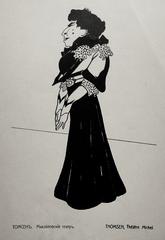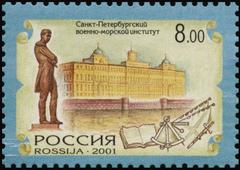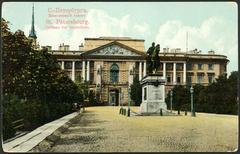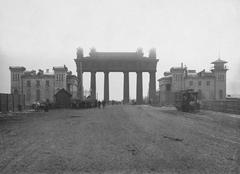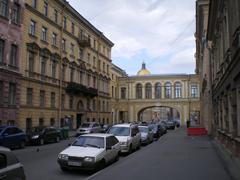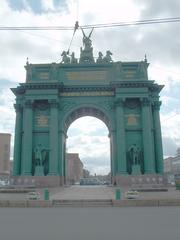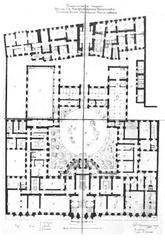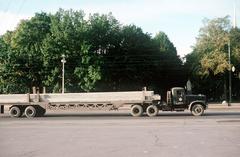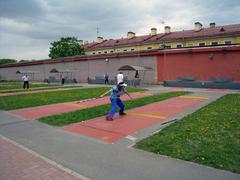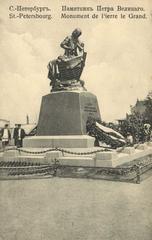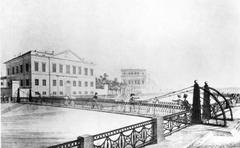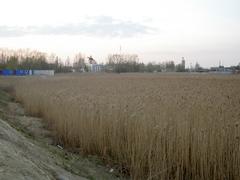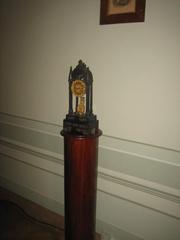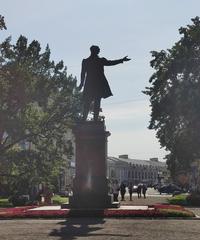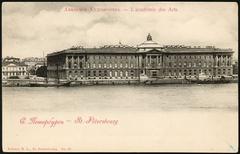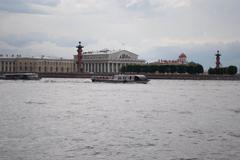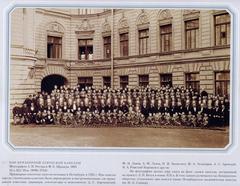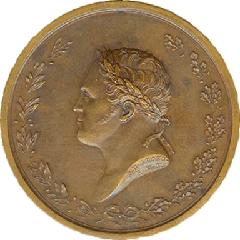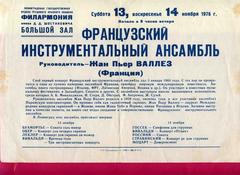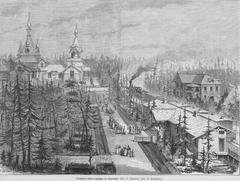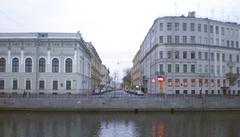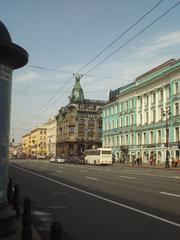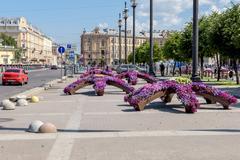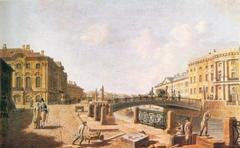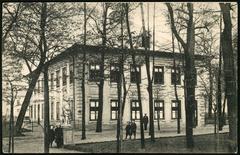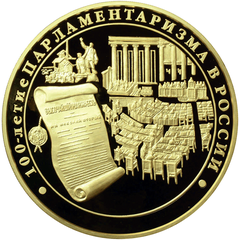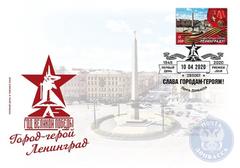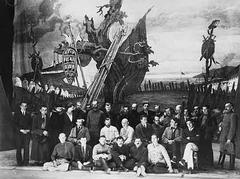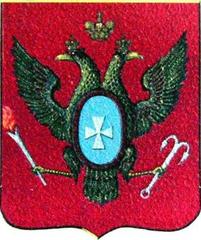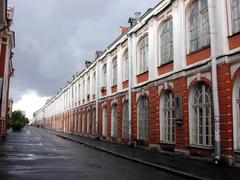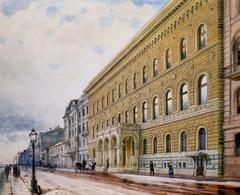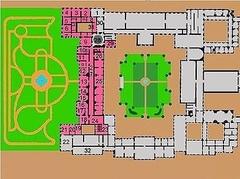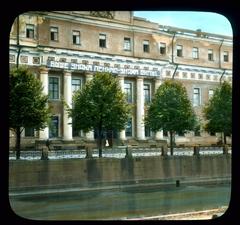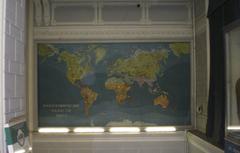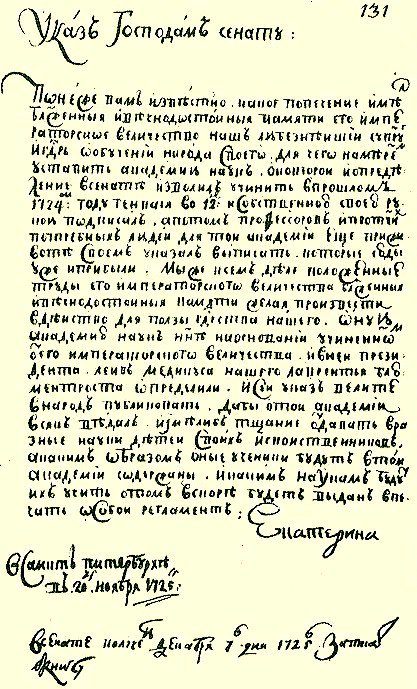
Saint Petersburg Academy of Sciences: Visiting Hours, Tickets, and Historical Sites Guide
Date: 14/06/2025
Introduction
Nestled in the heart of Saint Petersburg, the Saint Petersburg Academy of Sciences is a testament to Russia’s enduring scientific legacy and vibrant cultural heritage. Established in 1724 by Peter the Great, this esteemed institution—now an integral part of the Russian Academy of Sciences (RAS)—has played a pivotal role in fostering scientific advancement, intellectual dialogue, and international collaboration. Located prominently on Vasilyevsky Island, the Academy is surrounded by architectural marvels and serves as both a working research center and the gateway to several acclaimed museums, including the Kunstkamera and Zoological Museum. Visitors can expect a rich blend of history, science, and culture, all set against the backdrop of Saint Petersburg’s UNESCO-listed cityscape (UNESCO).
This detailed guide covers everything you need to know for a rewarding visit: from the Academy’s historical and cultural significance, ticketing and accessibility information, to travel tips and nearby attractions. Whether you are a researcher, a history buff, or a curious traveler, the Saint Petersburg Academy of Sciences offers a unique journey through Russia’s scientific and architectural heritage (ErmakVagus).
Table of Contents
- Introduction
- Historical Overview
- Architectural Evolution and Urban Context
- Cultural Significance and Scientific Legacy
- Integration with Urban and Cultural Fabric
- Preservation and Contemporary Relevance
- Visiting Hours and Tickets
- Getting There
- Guided Tours and Special Events
- Accessibility and Visitor Amenities
- Nearby Attractions and Travel Tips
- Visitor Experience and Highlights
- Frequently Asked Questions (FAQ)
- Visuals and Media Recommendations
- Internal and External Resources
- Conclusion and Call to Action
Historical Overview
As Russia’s first state-sponsored scientific institution, the Academy was modeled after prominent European societies, aiming to bridge Russian science with Western advances. Its original headquarters on Vasilyevsky Island remain a symbol of this legacy, having witnessed centuries of research, expeditions, and the nurturing of scientific luminaries such as Leonhard Euler and Mikhail Lomonosov. Over time, the Academy has expanded its influence, supporting groundbreaking research and housing one of the world’s most significant archives of scientific and cultural history (audiala.com).
Architectural Evolution and Urban Context
The Academy’s development is closely intertwined with Saint Petersburg’s emergence as Russia’s “window to Europe.” Its buildings, influenced by Baroque and Neoclassical styles, reflect the city’s European-inspired urban planning. Initially housed in converted palatial structures, the Academy’s facilities underwent numerous expansions and renovations to accommodate growing scientific departments (UNESCO). Notably, the 1777 design for a new academic building showcased Enlightenment ideals of rationality and utility, emphasizing functional spaces for research and public education (ErmakVagus).
Architectural Styles and Influences
The Academy’s structures mirror the work of influential architects such as Rastrelli, Vallin de la Mothe, and Rossi, who contributed to Saint Petersburg’s distinctive skyline. The blend of ceremonial halls, grand staircases, and elegant interiors—often decorated by celebrated artists—embodies the fusion of art and science that characterizes the Academy and the city at large (UNESCO).
Cultural Significance and Scientific Legacy
The Academy has shaped not only Russian science but also the cultural and intellectual identity of Saint Petersburg. Its museums, especially the Kunstkamera (Russia’s oldest museum, founded by Peter the Great in 1714), and the Zoological Museum, have long served as public institutions for scientific outreach and education. The Academy’s proximity to other cultural landmarks further establishes it as a core part of the city’s academic and artistic quarter (Petersburg-Tour).
Integration with Urban and Cultural Fabric
Located on Universitetskaya Embankment, the Academy is integral to Saint Petersburg’s UNESCO-listed historic center, surrounded by a harmonious blend of Baroque and Neoclassical architecture, scenic embankments, and iconic bridges. Its setting on the Neva River and proximity to institutions like the Hermitage and Peter and Paul Fortress enhance its significance as a focal point for both locals and visitors (UNESCO).
Preservation and Contemporary Relevance
Despite historical challenges, the Academy’s buildings have been carefully restored, preserving both their architectural integrity and academic function. Ongoing research and modernization efforts ensure the Academy remains a leader in scientific innovation, while its museums and archives continue to draw global scholars and enthusiasts (SPIIRAS).
Visiting Hours and Tickets
Main Academy and Museums
- Kunstkamera Museum: Tuesday–Sunday, 11:00–18:00 (last admission at 17:00). Closed Mondays and the last Tuesday of each month. Tickets: ~400 RUB for adults, with discounts for students and seniors (Kunstkamera Museum).
- Zoological Museum: Wednesday–Monday, 11:00–18:00 (last admission at 17:00). Closed Tuesdays. Tickets: ~400 RUB for adults, reduced rates for children and students (Zoological Museum).
- Institute of Oriental Manuscripts (New Michael Palace): Open Tuesday–Sunday, 10:00–18:00. General admission: 500 RUB; reduced tickets: 300 RUB; guided tours from 800 RUB (audiala.com).
Booking: Advance online booking is recommended, especially during peak seasons such as the White Nights (June–July). Tickets are available via official museum websites or on-site.
Note: The main administrative buildings of the Academy function as working scientific institutions and are not open for casual visits.
Getting There
- Address: 5 Universitetskaya Embankment, Saint Petersburg, 199034, Russia.
- Metro: Vasileostrovskaya (Line 3) is a 15-minute walk; Admiralteyskaya (Line 5) is accessible via Palace Bridge.
- Bus/Tram: Multiple lines serve Vasilyevsky Island and the embankment.
- Taxi/Car: Taxis and ride-hailing apps are widely used. Parking is limited—public transport is recommended.
Guided Tours and Special Events
- Guided Tours: Offered at both Kunstkamera and Zoological Museum in Russian and English (advance booking required).
- Special Events: The Academy hosts public lectures, temporary exhibitions, and science festivals, particularly around Russian Science Day (February 8) and the Academy’s anniversary (St Petersburg University News).
- Photography: Permitted in most public areas, except where sensitive materials are displayed.
Accessibility and Visitor Amenities
- Facilities: Ramps and elevators are available in major museums, along with accessible restrooms. Multilingual staff provide assistance where needed.
- Cafés & Shops: Museum shops offer publications and souvenirs. Cafés are available in larger museums.
- Cloakrooms: Large bags and backpacks may need to be checked.
Nearby Attractions and Travel Tips
- Hermitage Museum: One of the world’s premier art museums, a short walk across the Neva (State Hermitage Museum).
- Peter and Paul Fortress: Landmark of Russian history and architecture.
- Palace Square and Winter Palace: Iconic city sights within 15 minutes on foot.
- Local Cafés: Numerous options along the embankment and in adjacent streets.
Travel Tips:
- Best Season: Late spring to early autumn (May–September) for pleasant weather and festivals.
- Peak Periods: White Nights (mid-June–early July) see increased crowds and late-night activities.
- Language: English signage is available in major museums; consider a translation app for deeper exploration (St Petersburg Essential Guide).
- Visas: Most foreign visitors need a Russian visa—plan ahead (St Petersburg Essential Guide).
- Tourist Tax: A new tourist tax may be introduced in 2025—check local updates (GuideToPetersburg).
Visitor Experience and Highlights
- Architecture: Admire the Academy’s Baroque façade and the panoramic riverside views—especially enchanting during the White Nights.
- Exhibits: Kunstkamera’s anthropology and ethnography collections, the Zoological Museum’s mammoth skeleton, and rare manuscripts at the Institute of Oriental Manuscripts.
- Events: Attend public lectures, temporary exhibitions, and science festivals for an immersive experience.
Frequently Asked Questions (FAQ)
What are the visiting hours?
Kunstkamera: Tue–Sun, 11:00–18:00; Zoological Museum: Wed–Mon, 11:00–18:00; Institute of Oriental Manuscripts: Tue–Sun, 10:00–18:00.
How much do tickets cost?
General admission ranges from 400–500 RUB; discounts for students and seniors. Guided tours from 800 RUB.
Are guided tours available?
Yes, in Russian and English (advance booking recommended).
Is the Academy accessible for visitors with disabilities?
Most facilities have ramps and elevators; check in advance for specific needs.
Are there special events?
Yes, especially around Academy milestones and Russian Science Day. Check official websites for details.
How can I buy tickets?
Online via official museum sites or at the entrance.
Visuals and Media Recommendations
- Explore virtual tours and high-quality images of the Academy’s architecture and collections on the official websites.
- Use alt tags such as “Saint Petersburg Academy of Sciences building” or “Kunstkamera museum exhibits” for better accessibility and SEO.
Internal and External Resources
Internal:
External:
- Saint Petersburg Academy of Sciences Official Website
- Kunstkamera Museum
- Zoological Museum
- GuideToPetersburg
- St Petersburg Essential Guide
- State Hermitage Museum
- Audiala - Institute of Oriental Manuscripts
Conclusion and Call to Action
The Saint Petersburg Academy of Sciences stands as a bridge between Russia’s scientific past and its innovative present. Its remarkable architecture, world-class collections, and dynamic cultural programs offer an enriching experience for every visitor. To make the most of your trip, check current opening hours and ticket options, book guided tours in advance, and take time to explore the surrounding historic district.
Enhance your visit by downloading the Audiala app for audio guides, interactive maps, and real-time updates. Follow us on social media for news on upcoming events, exhibitions, and special programs. Immerse yourself in the spirit of discovery that has defined Saint Petersburg for centuries.
References
- UNESCO World Heritage Centre, 2024
- ErmakVagus, n.d.
- Audiala - Institute of Oriental Manuscripts
- Kunstkamera Museum
- Russian Academy of Sciences (RAS) - Saint Petersburg Branch
- Petersburg-Tour - Zoological Museum
- St Petersburg Essential Guide
- GuideToPetersburg - Tourist Tax Information
